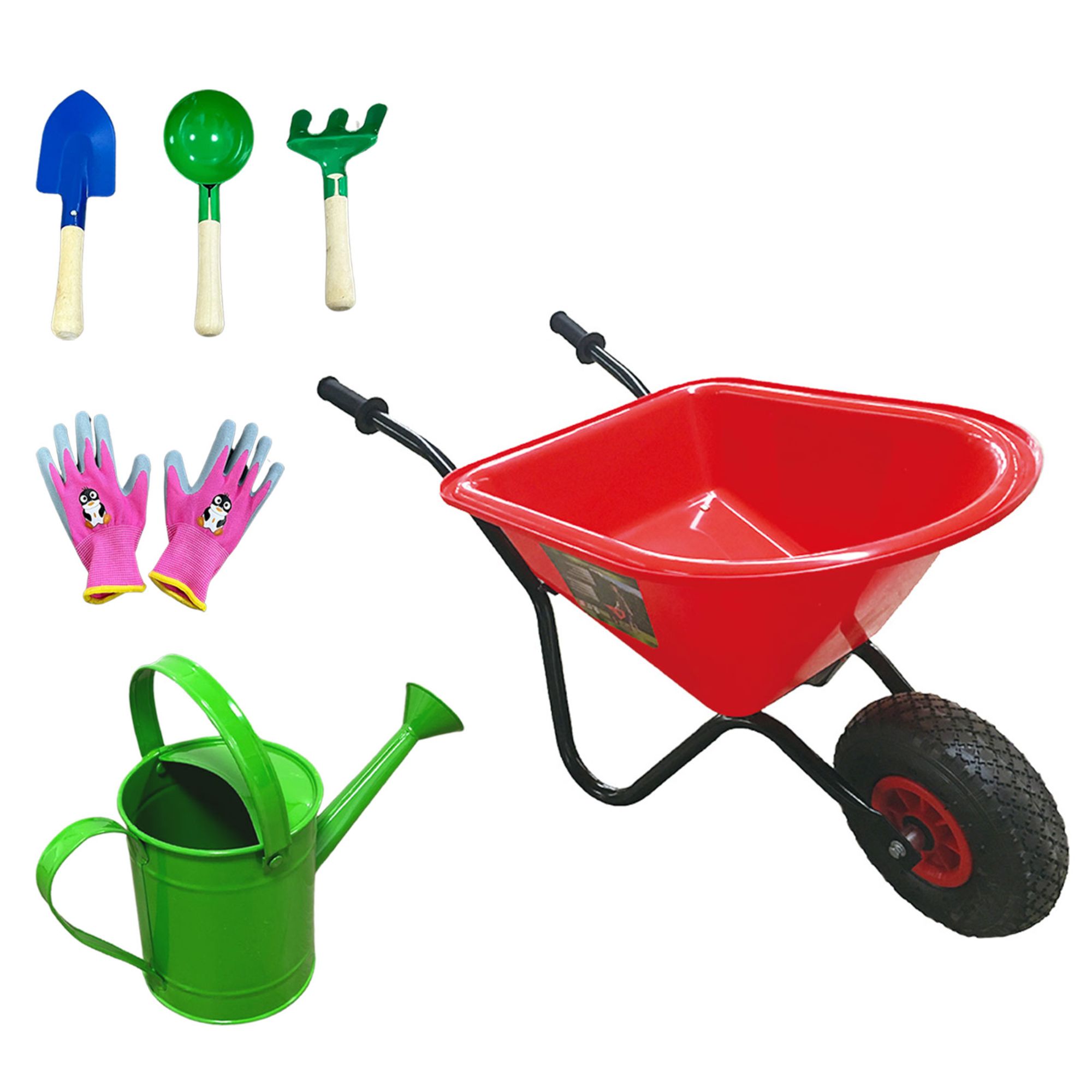Engineering Excellence: The Science Behind Our Material Handling Tools

Material Handling technology has advanced drastically, providing industrial settings with radical modification in the way materials are tracked, transported and controlled. The incredible journey of engineering innovation through which material handling has evolved, from manual labor in ancient times to sophisticated tools and techniques.
The assembly line, undoubtedly one of history's most legendary ideas in the field of mass production proved ground-breaking during the early 20th century largely due to Henry Ford. This innovation was the starting point of a new generation in material handling and led to specialized equipment for various industries.
While designing material-handling tools, engineers take great pains to check several factors that can affect its functionality. Engineers are tasked with balancing a plethora of factors, including safety, durability, efficiency and ergonomics. Also, technologies enable the development of lighter and smaller tools so engineers try to design them even more efficient.
Whether it is a home depot machinery or any other, the key design element of high-performance material handling tools lies in its understanding and implementation keeping the working environment. With input from engineers, we assess factors such as space restrictions or obstructions and the types of loads that are being handled to ensure new tools perform well in a variety of work environments.
The combination of new technology advancements help unlock revolutionary safety and productivity in material handling tools. [] Sensors, cameras, automation and Other Auto Tools have made these components way more precise and accurate as compared to doing take in manually which result inefficiency & unsafe working environment. In addition, software and control systems have advanced to allow more intelligent material handling systems that can adapt on the fly in order to anticipate issues and optimize system performance.
With the ever-evolving manufacturing industry landscape, material handling technology needs to adapt with it. Automation, robotics and Artificial Intelligence are revolutionizing the eco-system of intra-plant material handling operations. The dawn of Industry 4.0 which amalgamates physical and digital systems in manufacturing is about to bring a new level of efficiency and effectiveness Material Handling Integrator benefits.
Automotive Tools innovations are utilized in a variety of industries and real-world situations. Cranes and loaders prompt a significant segment in the development area because of their capacity to migrate heavy materials with comfort. Conveyor belts and forklifts in warehouses that allow faster movement of goods on a large scale. This modern innovation extends to the use of drones for inventory management in warehouses, which further illustrates how groundbreaking solutions continue making substantial impacts on the realm of material handling.
To sum it all up, the journey that material handling technology Product has seen over a few decades is surely an inspiration showcasing what humans and machine together are capable off. Years of hard work have pushed the industry forward with a steadfast focus on improving safety, power and overall efficiency. The future of material handling technology is very bright as modern industrial operations stand at the edge of automation and artificial intelligence which have moved-up standard efficiency, productivity levels et al.